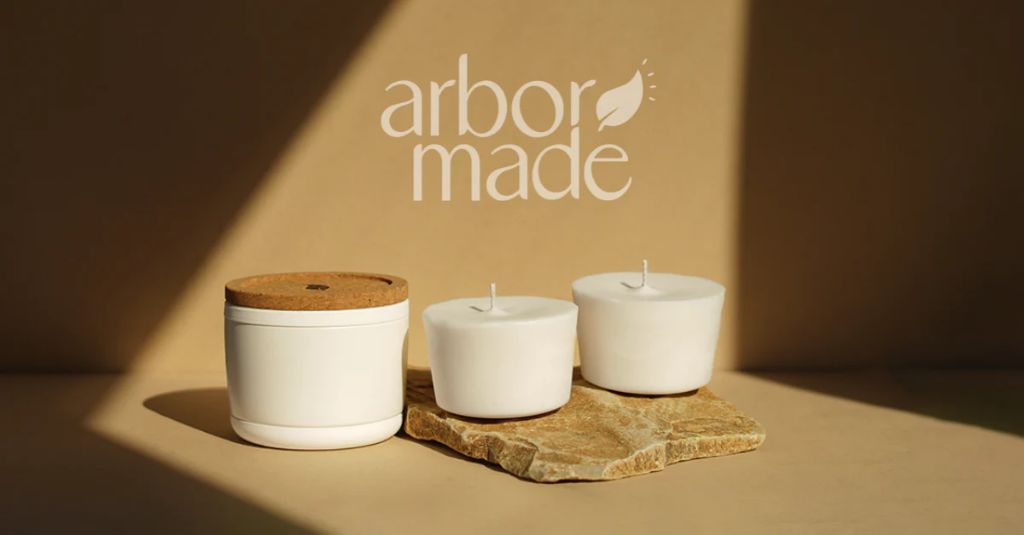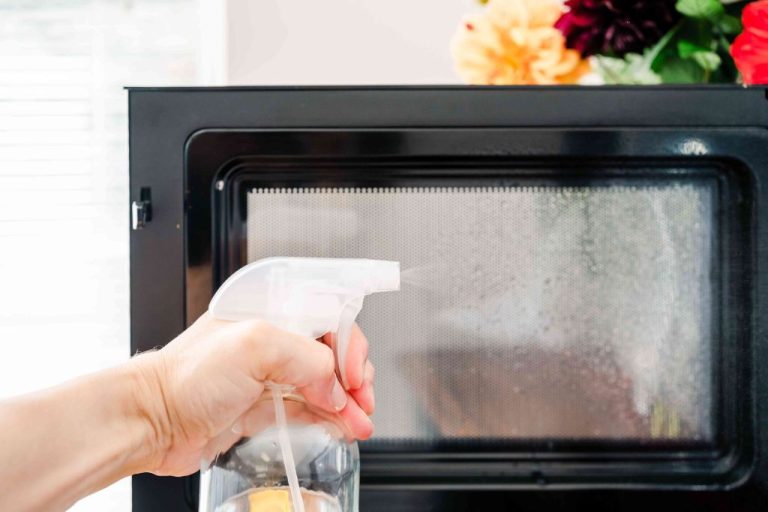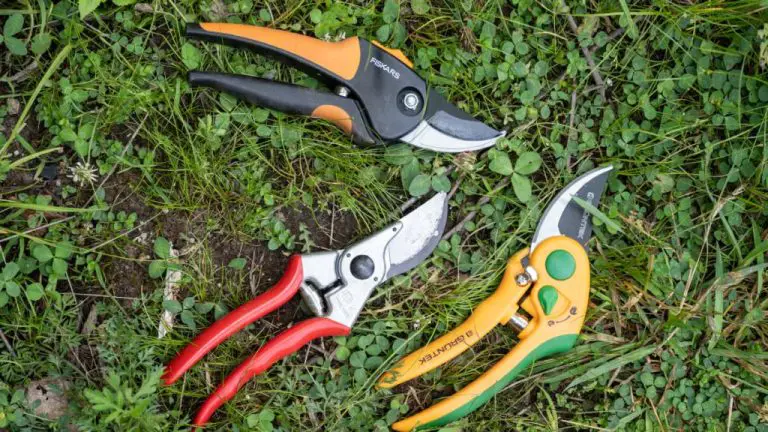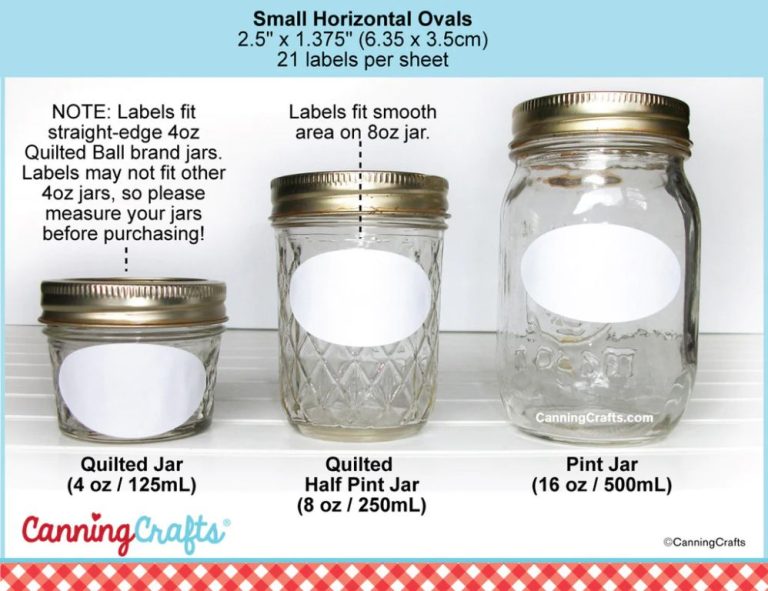How Much Money Do You Make Making Candles?
Introducing Candle Making as a Business
Candle making started as a hobby for many people who enjoyed creating homemade candles in their kitchens. But over the past decade, there has been a rising popularity of handmade, artisanal candles as people seek out unique, high-quality products (CandleScience). As demand grows, more hobbyists are turning candle making into a business venture.
The candle industry is expected to reach $11.2 billion by 2027, and much of that growth will likely come from small businesses selling handmade candles (Starter Story). Home-based candle making businesses have many advantages, like low overhead costs, flexibility, and the ability to sell online or locally. Makers can start out small and build their business over time.
Costs of Starting a Candle Business
Starting a candle making business requires some initial investments. Here are the main costs involved:
Equipment: To make candles, you’ll need basic equipment like a wax melter, thermometer, molds, and pouring pots. Expect to spend around $300-$500 on initial candle making supplies and equipment (source: https://www.crowdspring.com/blog/how-to-start-a-candle-business/).
Ingredients: The main ingredients for candle making include wax, wicks, fragrance oils, and dyes. Paraffin wax is inexpensive at $1-$2 per pound. Soy wax costs more at $5-$7 per pound but is a popular eco-friendly option. Fragrance oils and dyes range from $3-$20 per ounce. Expect to spend at least $100-$200 on initial ingredient supplies.
Packaging: You’ll need jars, tins, boxes, labels, and other packaging supplies. Basic packaging materials cost around $2-$5 per unit. With custom branded packaging, expect to invest $500-$1,000 on initial inventory.
Marketing: Initial marketing costs include your brand name and logo design, website, promotional materials, and any advertising. Budget around $1,000-$2,000 to establish your brand identity and launch marketing efforts.
Pricing Your Candles
When determining how to price your candles, there are several key factors to consider:
Materials – The cost of wax, wicks, fragrance oils, jars, and packaging will significantly impact your pricing. According to CandleScience, your materials cost per candle should be multiplied by 2-4x when pricing for direct or retail sales.
Labor – Factor in the time and effort it takes to make each candle. Consider how long it takes you to make a batch from start to finish. This will help account for your labor costs.
Demand – If your candles are highly sought after, you may be able to charge a premium. However, initially you’ll want to remain competitive, so analyzing competitors’ pricing is key.
Competitor Analysis – Research pricing from other handmade candle makers selling similar products on Etsy, at craft fairs, and in local boutiques. As Village Craft & Candle recommends, you can average these together to determine a competitive price point.
Common pricing strategies and formulas include:
- Cost per candle x 2-4 for wholesale/retail pricing
- Assign hourly rate x hours to make per candle
- Competitor average price +/- 10-20%
By considering these key factors, you can develop a pricing structure that covers your costs and remains reasonably aligned with the market.
Sales and Marketing
There are several effective strategies for selling candles, including craft fairs, online stores, and wholesale. Craft fairs allow you to directly interact with customers, get feedback, and make impulse sales. For online sales, setting up a website or selling on platforms like Etsy gives you global reach (Lori Ballen). Wholesale involves selling in bulk to retailers, boutiques, gift shops, etc. at a discounted price.

Marketing is critical for increasing visibility and sales. An effective social media presence provides a way to engage customers, promote new products, and run contests or giveaways. Search engine optimization ensures your website and products appear high in relevant search results. Running targeted ad campaigns through Facebook, Instagram, Google, etc. expands your reach. Collaborating with influencers, brands, or complementary businesses also helps market your candles (https://www.linkedin.com/pulse/how-market-candle-business-tools-resources-sttark-us).
Sales Volume Potential
The sales volume potential for a candle business can vary greatly depending on your marketing strategy, operations, and product offerings. However, there are some general benchmarks to provide an idea of realistic sales volumes.
According to Armatage Candle Company, a new candle business owner can expect to sell around 50-100 candles per month when first starting out. For an established business selling candles at farmer’s markets, month-to-month sales may be around 200-300 candles. A moderate online business might sell 500-1,000 candles per month. And a high-volume wholesale candle company could sell 5,000-10,000 candles per month.
On a yearly basis, a part-time candle hobbyist may sell 500-1,000 candles, generating $2,500-$5,000 in sales. A serious side business could sell 2,500-5,000 candles per year, earning $12,500-$25,000 annually. And a full-time candle making business might sell 10,000-50,000 candles per year, resulting in $50,000-$250,000 in yearly sales.
There are several strategies candle entrepreneurs can use to grow sales volume over time:
- Expand marketing through social media, blogging, SEO, and paid ads
- Offer seasonal candies and gift sets
- Wholesale to retailers, gift shops, and boutiques
- Sell at craft fairs, trade shows, and holiday markets
- Create an online shop and optimize ecommerce sales
- Partner with influencers and collaborate on custom products
- Build an email list and focus on retention
- Experiment with new scents, containers, labels, and designs
With consistent effort and smart strategies, candle entrepreneurs can steadily increase sales over months and years. But it takes time to build awareness and loyal customers. Patience and persistence are key to scaling a candle business.
Profit Margin
Profit margin is an important metric for any business, as it measures how much money you earn per product sold after accounting for costs. For candle makers, a good profit margin percentage can range from 25-50% (source link).
To calculate profit margin, subtract your costs of goods sold from your revenue, then divide that number by your revenue. For example, if a candle costs $4 to make and sells for $10, the profit margin would be ($10 – $4) / $10 = 60%. This indicates a healthy profit margin (source link).
Some tips for increasing your profit margins when selling candles include:
– Buying supplies in bulk to get volume discounts
– Streamlining production and packaging to cut labor costs
– Raising prices gradually as your brand gains value
– Selling more expensive high-end candle lines
– Building an email list to market directly to customers
– Getting wholesale orders from retailers vs. just individual sales
With good margins around 40-50%, diligent cost control, and multiple sales channels, candle making can become a lucrative business (source link).
Online Sales
One of the most convenient ways to sell candles is through online platforms like Etsy, Shopify, Amazon Handmade, and your own website. These online marketplaces allow you to set up your own digital storefront and start selling to customers all over the world. According to Shopify, the average retail price for a candle is $25, so there is great potential to earn substantial revenue through online sales.
Some popular options for selling candles online include:
- Etsy – This is a popular marketplace for handmade and vintage items. You can set up your own Etsy shop with product listings and start taking orders. Etsy charges a fee per transaction but provides an established platform for reaching customers. There are many successful candle shops on Etsy generating 5-6 figure revenues (source).
- Shopify – This ecommerce platform allows you to build your own online candle store with a custom domain name and branding. You have full control over your shop features, design, and products. Shopify charges a monthly fee for using their software and payment processing.
- Amazon Handmade – You can list your handmade candles directly on Amazon to tap into their huge customer base. Amazon Handmade provides the platform and handles order fulfillment and customer service. They charge commissions and fees per item sold.
When selling candles online, important factors are managing inventory, order fulfillment, and shipping logistics. You’ll need to have effective processes in place to handle order processing, packaging candles safely, calculating shipping costs, and getting items shipped out promptly. Having help or hiring staff can be useful once your sales volume grows. Many entrepreneurs are able to successfully run their candle shops online as full-time businesses.
Wholesale and Retail
When selling candles, you have the option of selling wholesale to retailers or selling retail directly to consumers. Each has its own pricing strategies and process.
For wholesale pricing, a standard formula is to price your candles at half of the planned retail price. For example, if you plan to charge $20 retail for a candle, you would charge $10 wholesale [1]. This allows the retailer to markup the candle by 100% and sell at the target $20 retail price. When working with retailers, you’ll need to establish wholesale pricing that enables healthy retail markups.
For retail pricing, a common formula is to charge 2-4 times your material costs for the candle [2]. This covers your labor, overhead, and profit margin. For example, if your material costs are $5 per candle, you may retail price at $10-20 per candle. Consider competitive pricing and perceived value when setting your retail price.
To find wholesale opportunities, research gift shops, boutiques, and retailers whose customers fit your target market. Reach out to the purchasing manager and provide samples and wholesale pricing. Attending trade shows is another way to connect with retailers and take wholesale orders. For retail, setup an ecommerce store, sell at craft fairs and markets, and utilize platforms like Etsy and Amazon Handmade.
Turning It Into a Full-Time Business
If your candle business takes off and you want to turn it into a full-time endeavor, there are several steps to take:
First, officially register your business by choosing a legal structure like a sole proprietorship, LLC, or corporation. Registering makes you a legitimate business in the eyes of the government and gives you certain legal and tax benefits (source).
To scale up production, look into leasing a commercial kitchen or production facility. This will allow you to ramp up manufacturing using larger equipment. You may need to obtain permits or licenses to legally produce candles from a commercial kitchen.
Consider hiring employees or contractors, especially if production needs to significantly increase. This could include hiring people for manufacturing, packaging, sales, marketing, and deliveries. Outsourcing certain tasks can help free up your time.
Create a long term business plan looking 3-5 years out. Outline growth targets for revenue and profit year over year. Plan new product launches and expansions into additional sales channels. Anticipate operational needs like equipment, facilities, and personnel.
With careful planning and execution, a candle making business can transition from a part-time hobby into a thriving full-time enterprise.
Income Potential
The income potential for candle making businesses can vary greatly. According to one source, the average annual income for candle makers is approximately $50,0001. However, earnings can range from less than $25,000 on the low end to over $100,000 for top earners.
For monthly income, a beginning candle maker working part-time may only net $1,000-2,000 per month after expenses. As the business grows and production increases, monthly income could reach $5,000-10,000 or more. On the high end, the top 5% of candle making businesses bring in over $20,000 per month.2
Strategies to maximize income include expanding your product line, increasing sales through marketing and partnerships, improving pricing and margins, selling both online and wholesale, and minimizing overhead costs. Diversifying into related home decor products beyond just candles can also boost overall business and income potential.






